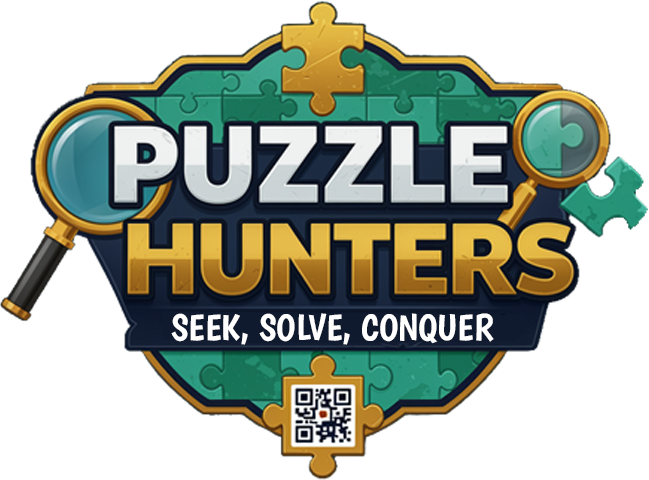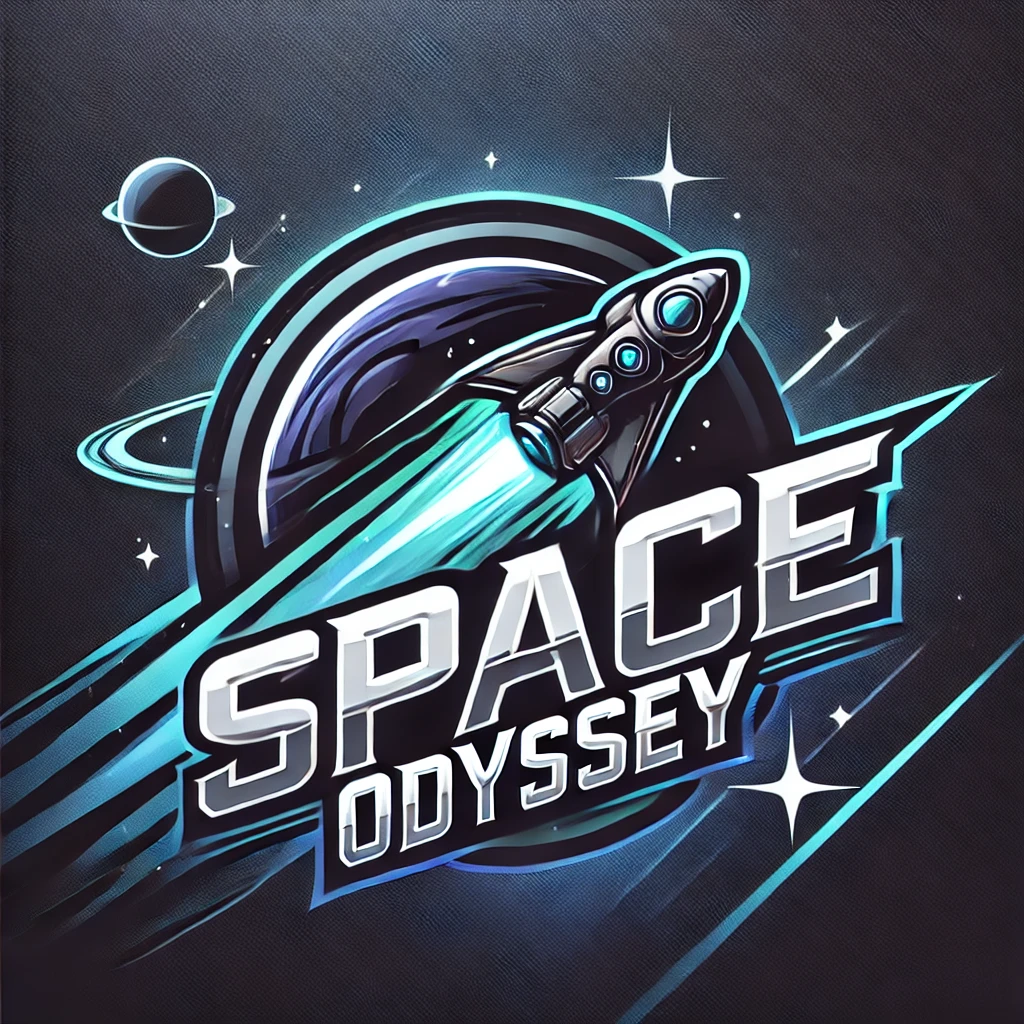

Leadership Quest: The Path to Influence
Objective:
Identify and develop leadership skills within the team by engaging participants in a series of challenges that test their decision-making, communication, strategic thinking, and ability to inspire others.
Game Description:
In "Leadership Quest: The Path to Influence," participants are divided into teams and must navigate through a series of leadership challenges designed to mimic real-world scenarios. Each challenge will require them to demonstrate key leadership qualities such as problem-solving, adaptability, communication, and the ability to motivate and guide others.
Key Focus Areas:
- Decision-making
- Strategic thinking
- Effective communication
- Team motivation and inspiration
- Conflict resolution
Game Format:
- In-Person or Virtual: This game can be conducted in either a physical location or through a virtual platform.
- Duration: 2-3 hours.
- Participants: Teams of 4-6 members.
Challenges within the Game:
- Challenge 1: The Decision Dilemma - Multiple Choices
- Objective: Test the ability to make tough decisions under pressure.
- Description: Each team is presented with a complex scenario where they must choose between several difficult options. The scenario could involve ethical dilemmas, resource allocation, or crisis management. Teams must discuss and agree on the best course of action, which they then justify to a panel of judges.
- Example Scenario: "A key client demands a product change that will delay the project by two weeks, but your team is already behind schedule. Do you: A) Agree to the change, B) Negotiate a compromise, C) Stick to the original plan, or D) Offer an alternative solution?"
- Challenge Type: Multiple Choice, with a presentation of the rationale behind the decision.
- Challenge 2: The Visionary Leader - Video
- Objective: Develop and communicate a compelling vision that inspires the team.
- Description: Each team must create a short video where a designated leader presents their vision for a hypothetical project or company initiative. The vision should be clear, motivating, and aligned with the company’s values and goals.
- Example: "Imagine you are leading a new company-wide sustainability initiative. Create a video that outlines your vision for this project and how you will rally the team to achieve it."
- Challenge Type: Video, with a focus on communication and inspiration.
- Challenge 3: The Strategic Planner - Image
- Objective: Demonstrate strategic thinking by mapping out a plan to achieve a long-term goal.
- Description: Teams are given a strategic objective (e.g., expanding into a new market) and must create a visual roadmap or strategy map that outlines the key steps, resources, and milestones needed to achieve this goal. The final product should be clear and actionable.
- Example: "Create a strategy map for entering a new international market, including market analysis, resource allocation, marketing strategy, and risk management."
- Challenge Type: Image, with the creation of a strategic plan.
- Challenge 4: The Motivator - Speech
- Objective: Practice motivating others through powerful communication.
- Description: Each team selects a leader who must deliver a motivational speech to the rest of the team. The speech should address a challenge the team is facing and encourage them to overcome it with determination and teamwork.
- Example: "Deliver a speech to your team, encouraging them to push through the final phase of a challenging project, focusing on the importance of perseverance and collaboration."
- Challenge Type: Speech, with a focus on motivation and encouragement.
- Challenge 5: The Conflict Resolver - Role-Playing
- Objective: Develop conflict resolution skills by navigating a tense team situation.
- Description: Teams are presented with a scenario involving a conflict between team members. They must role-play the situation and work towards a resolution that satisfies all parties involved. The team leader must guide the discussion and mediate the conflict effectively.
- Example: "Two key team members are in a disagreement about the direction of a project. One prefers a conservative approach, while the other wants to take risks. As the leader, how do you resolve this conflict?"
- Challenge Type: Role-Playing, with a focus on conflict resolution.
Game Conclusion:
- Debrief: After completing all challenges, teams come together for a debriefing session where they reflect on what they’ve learned about leadership and how they can apply these skills in their daily work.
- Recognition: Highlight participants who demonstrated strong leadership qualities throughout the game, offering feedback and encouragement for further development.
Materials Needed:
- Virtual platform or physical space for challenges
- Video recording equipment or software
- Strategy mapping tools (digital or physical)
- Role-playing scripts or scenario descriptions
Outcome:
Participants will leave the game with a better understanding of their leadership strengths and areas for improvement. They’ll have practiced making tough decisions, communicating effectively, and inspiring others, all key components of strong leadership.








